
Public access to England's countryside is in a poor state, say campaigners, thanks to piecemeal legislation, a mess of 'absurd' permitted and no-go areas, and thousands of blocked Rights of Way.
According to new research carried out by Right to Roam, a group pressing for Scottish-style responsible access, there are around 2500 'access islands' in England, places where the public have may a right to roam under the Countryside and Rights of Way Act (CRoW), but which they have no right to reach. Many of these sites can only be visited by trespassing over adjacent land not covered under CRoW.
This messy issue has arisen because of the piecemeal way that England's public access has evolved. CRoW, passed under the last Labour government, gave people a right to roam over specific areas - largely mountains, moorland, heathland, downland and commons - designated 'access land' that in total covers only around 8% of England.
Many of these areas are highly fragmented, and in some places stranded within a 'sea' of other landscape types where the public has no legal right to go.
"The absurdity of access islands is a clear example of why our current system of access rights in England is broken" said Lewis Winks of Right to Roam.
"Often people don't know where they have a right to go in the countryside. It's ridiculous that the public have to trespass to reach these fragments of land where they have a legal right to roam – all because of our piecemeal approach to access in this country.
"There are no access islands in Scotland, however, which created a default right of access to most land and water in 2003, to be exercised responsibly and subject to sensible exemptions and rules."
In a General Election year, with political parties pledging to increase access to nature in England, it's vital, say campaigners, that past mistakes are rectified and that Scotland's successful experience should serve as an example.
Blocked paths
Away from the open Access Land, England's extensive Rights of Way network appears to be similarly dysfunctional.
The Open Spaces Society (OSS), Britain's oldest national conservation body, has slated the 'shocking' state of public paths as revealed by a BBC survey last month.
According to the survey, paths are blocked at 32,000 points in England and Wales, equating to one obstruction every four and a half miles of path network. And these problems are growing. Seventy three of the 118 highway authorities (excluding London) answered the BBC's questions, reporting a total of 31,816 obstructions, a 15% increase in the ten months since the end of 2022.
"This is surely a significant underestimate" said Kate Ashbrook, the society's General Secretary.
"Many people do not report problems or know how to, thousands of unrecorded highways were not included in the responses, and one can guess that the 45 authorities which were silent were among the worst performers."
In an interview with the BBC on 12 January, Kate argued that in allocating budgets, councillors must recognise that investing in paths is excellent value for money, for health and wellbeing, tourism, and the economy.
Highway authorities have a duty to keep footpaths passable, and the OSS is stepping up legal action against negligent authorities and serial path-blockers.
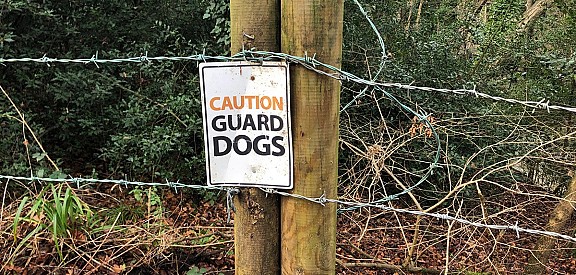


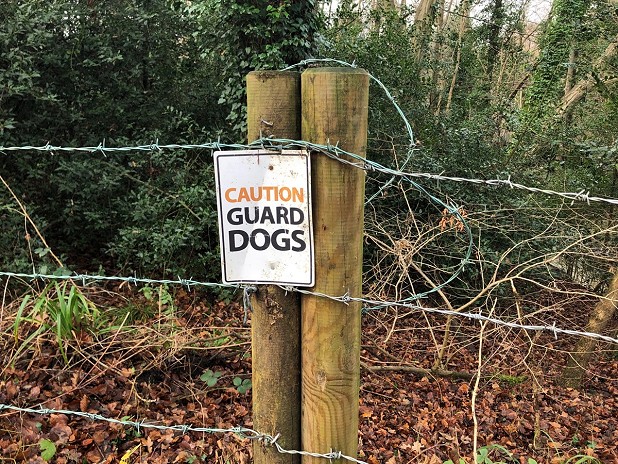









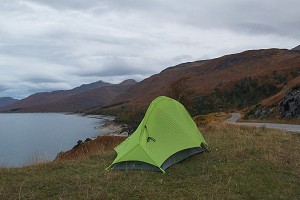
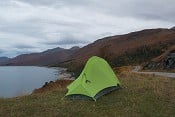
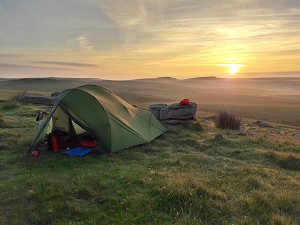
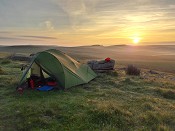

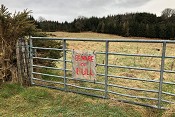
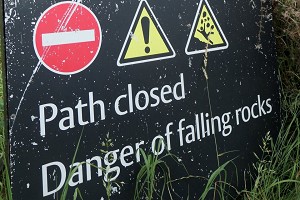
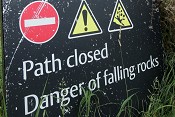
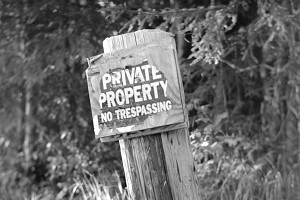
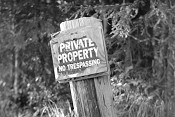
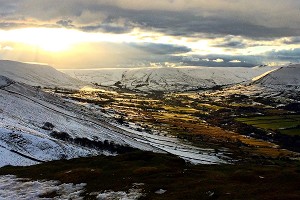
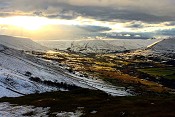
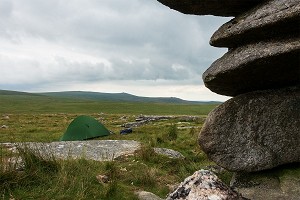
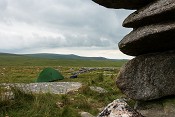
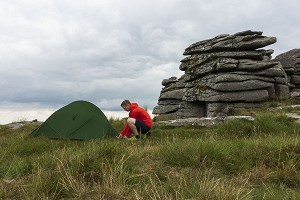


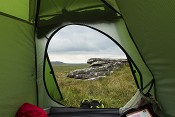



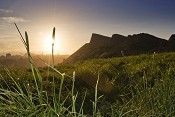
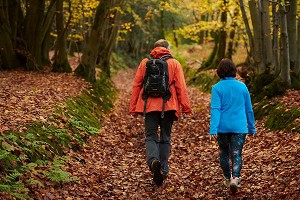
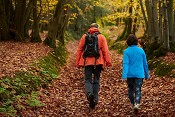




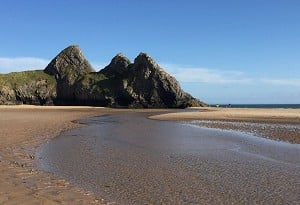

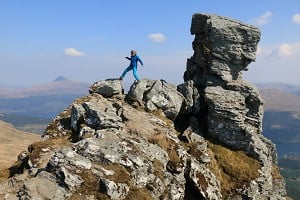
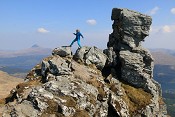
Comments
This has been glaringly obvious since CRoW came in years ago. There are numerous islands where I could legally be if only I had a helicopter. I've 'trespassed' to get to some of them or exited from them having gotten in via access land. Just one ludicrous example can be seen in Chapel-le-Dale where Raven Scar extends across CRoW and non-CRoW land despite both parts being identical unimproved limestone grazing. One can only surmise that unfair influence was exerted (or cash changed hands) at the time the designations were made originally.
Knowing those who were employed in the registration the cash accusation is most likely unfounded. I think there was a lack of resolve at times maybe and that, coupled with the laborious recording process and inadequate legislation, led to illogicalities.
I find this focus on the 'islands' a bit odd. Sure it highlights absurdities, and we all want better access to open land. But it seems an odd choice to make it about the access islands thing....
The Vixen Tor "island" at the epicentre of the upcoming protest looks like a 200m patch of field, and yet there's no access to Vixen Tor itself and the way it's being spun that'll hardly get any attention despite being far more worthy.
Similarly the Gillcambon area cited in the bbc article (https://www.bbc.co.uk/news/science-environment-68278444) looks to require a whole 20m of trespass to access from a path, with no obvious 'keep out' or 'private property' signs to be seen from the google car. The way they're pushing it could easily be heard as if they're asking for avenues to be opened up linking the patches because people really really want to roam in that particular spot.
Obviously the way things are is broken and fixing it should be a priority, but the choice to spin it to be about 'islands' doesn't hold up to much common sense scrutiny and seems to me like it could be a bit of a distraction. I'd much rather see the focus stick to getting more land (and especially waterways) included.
To put it another way, if the dispute can be quietened by opening up a 1m wide yellow strip leading to each of these blobs, we won't have gained a whole lot.
Join us for a peaceful demonstration to highlight this issue of access islands at a beautiful, inaccessible crag on Dartmoor!
The once classic 30m Vixen Tor has been inaccessible to walkers and climbers since 2003, but has some brilliant routes and is an iconic formation.
details here:
https://www.eventbrite.com/e/trespass-to-the-forbidden-island-registration-801943664087?aff=oddtdtcreator
There's no path you are allowed on anywhere near there. You can't get onto them tracks at all without trespass from the public road, then it's miles of trespass along the tracks hoping you don't get challenged by the landowner or an estate worker. Even if was only 20m of trespass that's no small thing, if there's anyone about you just can't do it.
We shouldn't be excluded from these huge estates (which originated by theft of common land), why are the landowners so precious about it?